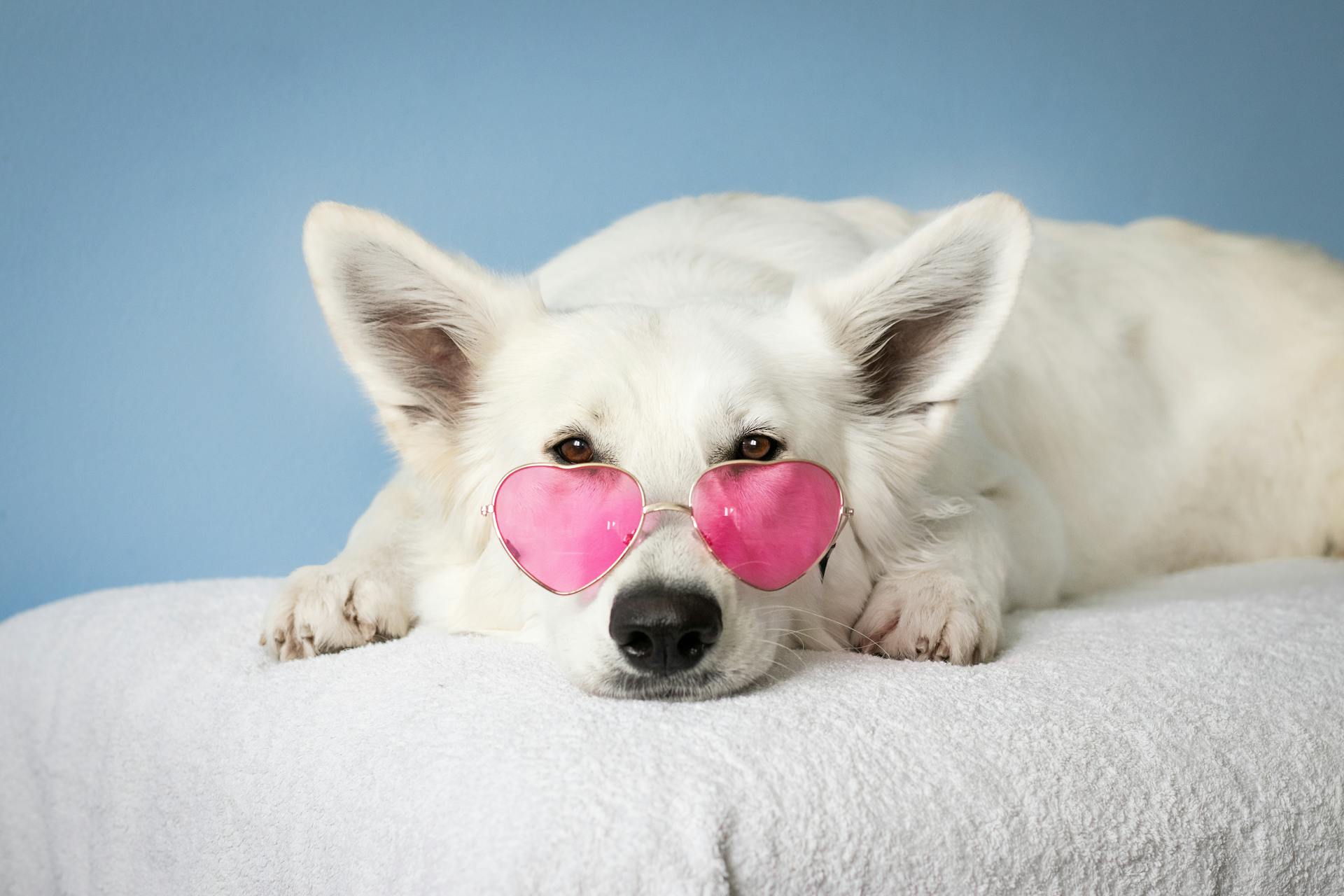Urban Walks Made Safe: Shielding Pets from Traffic Hazards

City walks can be exciting for pets, yet crowded sidewalks and fast-moving vehicles present real dangers. Protecting dogs and cats from traffic hazards begins long before you step outside. Choosing secure equipment, planning quieter routes, and monitoring your pet’s comfort all reduce risk and make every outing more enjoyable.
Whether you live in a downtown apartment or take daily strolls through bustling neighborhoods, these simple strategies keep pets safe and give owners peace of mind. The following six sections share practical ways to create safer urban walks so your companion can explore the city confidently and comfortably.
Choosing the Right Leash and Harness for High-Traffic Areas
A well-fitted harness and sturdy leash are essential for urban safety. A no-pull harness distributes pressure across the chest, preventing choking and giving owners better control when a dog reacts to sudden distractions such as scooters or passing buses. Skip retractable leashes on busy sidewalks.
A fixed four- to six-foot nylon or leather leash keeps pets close and prevents dangerous slack that could reach the street. Bright colors or reflective stitching increase visibility at dawn or dusk. Training a dog to walk calmly beside you and to stop at every curb reinforces safety. Together, a secure harness, a strong leash, and consistent cues like “heel” and “wait” create a dependable barrier between curious paws and traffic.
Training for Traffic Awareness and Obedience
Reliable obedience makes city walks far safer. Begin indoors with commands such as “sit,” “stay,” and “come,” then practice in quiet outdoor spaces before tackling crowded areas. Positive reinforcement with small treats encourages fast responses even when horns honk or cyclists speed by.
Teach your dog to pause at every intersection and wait for a release word before crossing. Regular short sessions build habits that hold during sudden distractions. For extra help, consider a professional urban obedience class that focuses on traffic awareness. A well-trained dog that responds instantly to voice commands is far less likely to dart into the road, giving owners confidence on every walk.
Using a Pet Stroller for Busy City Streets
A sturdy pet stroller shields animals from unpredictable traffic and rough pavement. Small dogs, senior pets, or anxious cats stay off the ground and away from bicycles, cars, and crowded sidewalks. Look for durable wheels, smooth suspension, and breathable mesh panels that keep the interior cool while preventing escape.
A collapsible model adds convenience when using public transport or running errands. Introduce the stroller gradually so your pet associates it with comfort and security. By elevating pets above ground level and enclosing them safely, a pet stroller provides a calm environment and protects against sudden hazards throughout the busiest parts of the city.
Planning Routes with Low Traffic and Green Spaces
Thoughtful route planning minimizes exposure to hazards before you leave home. Use maps or local community guides to find quiet side streets, pedestrian zones, and parks with paved trails. Early mornings or late evenings usually mean lighter traffic and cooler sidewalks. Driving or using a stroller to reach a peaceful starting point is worthwhile if you live in a dense neighborhood.
Scout unfamiliar paths alone first to check for construction, broken sidewalks, or heavy bicycle traffic. Consistently choosing calmer routes reduces stress for pets and owners, creates positive associations with daily walks, and lowers the chance of sudden encounters with fast-moving vehicles.
Staying Visible with Reflective and High-Visibility Gear
Visibility is crucial during dawn, dusk, or night walks. Reflective collars, harnesses, and leashes catch the light from car headlights and streetlamps, alerting drivers well in advance. Clip-on LED lights or glow tags add an extra layer of safety and make it easier to track your pet in dim conditions.
Brightly colored gear stands out even in daylight, helping cyclists and drivers notice your dog sooner. Check batteries in LED accessories before every outing and pair visibility tools with firm commands to keep pets close when crossing streets. These simple additions give motorists more time to react and can prevent accidents in busy areas.
Monitoring Health and Stress During Urban Walks
City environments bombard pets with loud noises, strong smells, and constant movement. Watch for signs of stress such as excessive panting, tucked tails, or sudden refusal to continue walking. Take short breaks in quiet spots and offer fresh water to prevent overheating on hot pavement. Examine paws after each walk for cuts, burns, or lodged debris.
Senior animals or pets with health conditions may need shorter, slower routes and regular veterinary checkups to ensure they can handle city activity. If anxiety remains high, schedule walks during off-peak hours or use a stroller for longer distances. Prioritizing emotional comfort alongside physical safety creates positive experiences and long-term confidence for both pet and owner.
